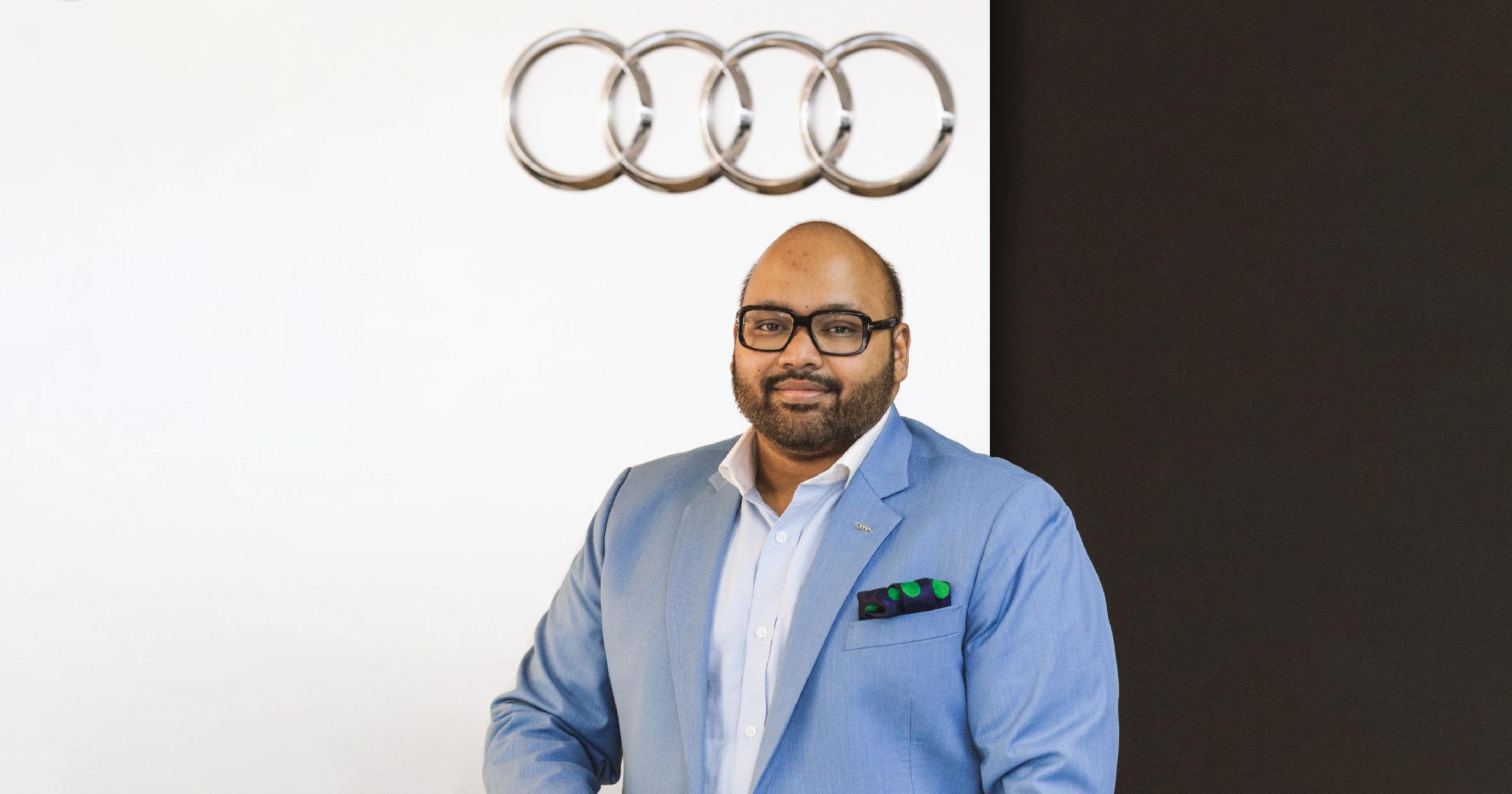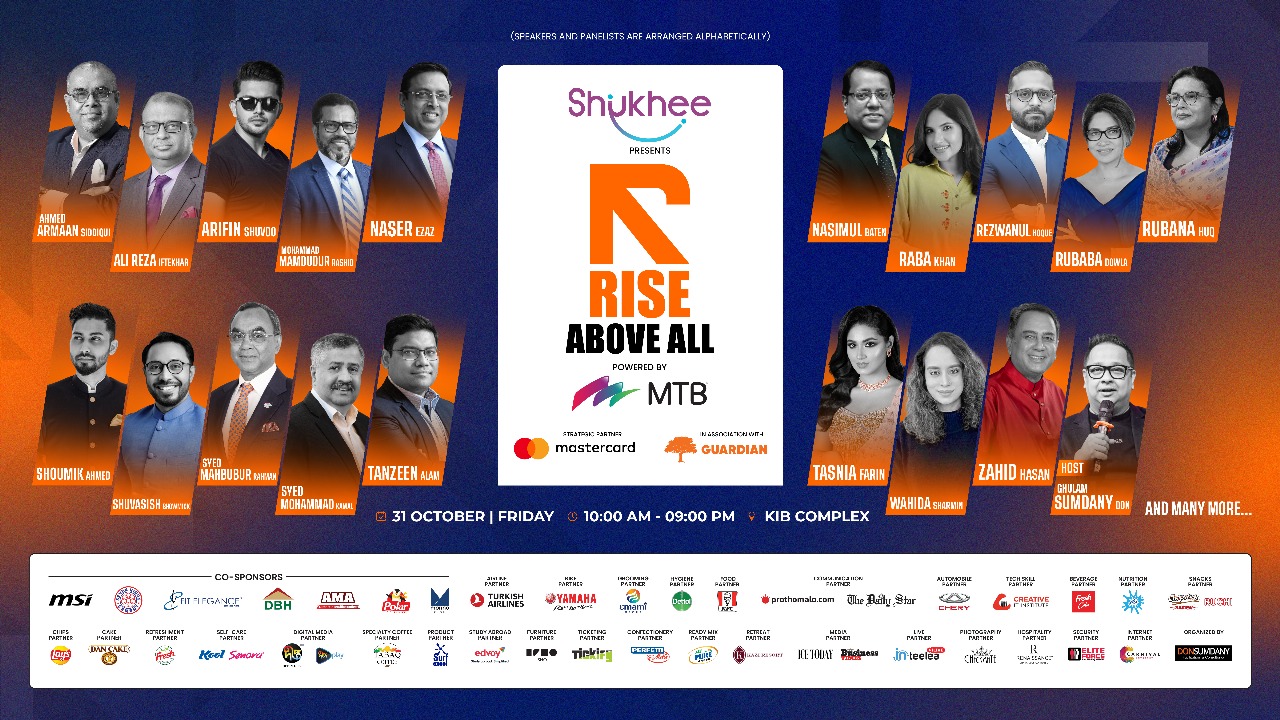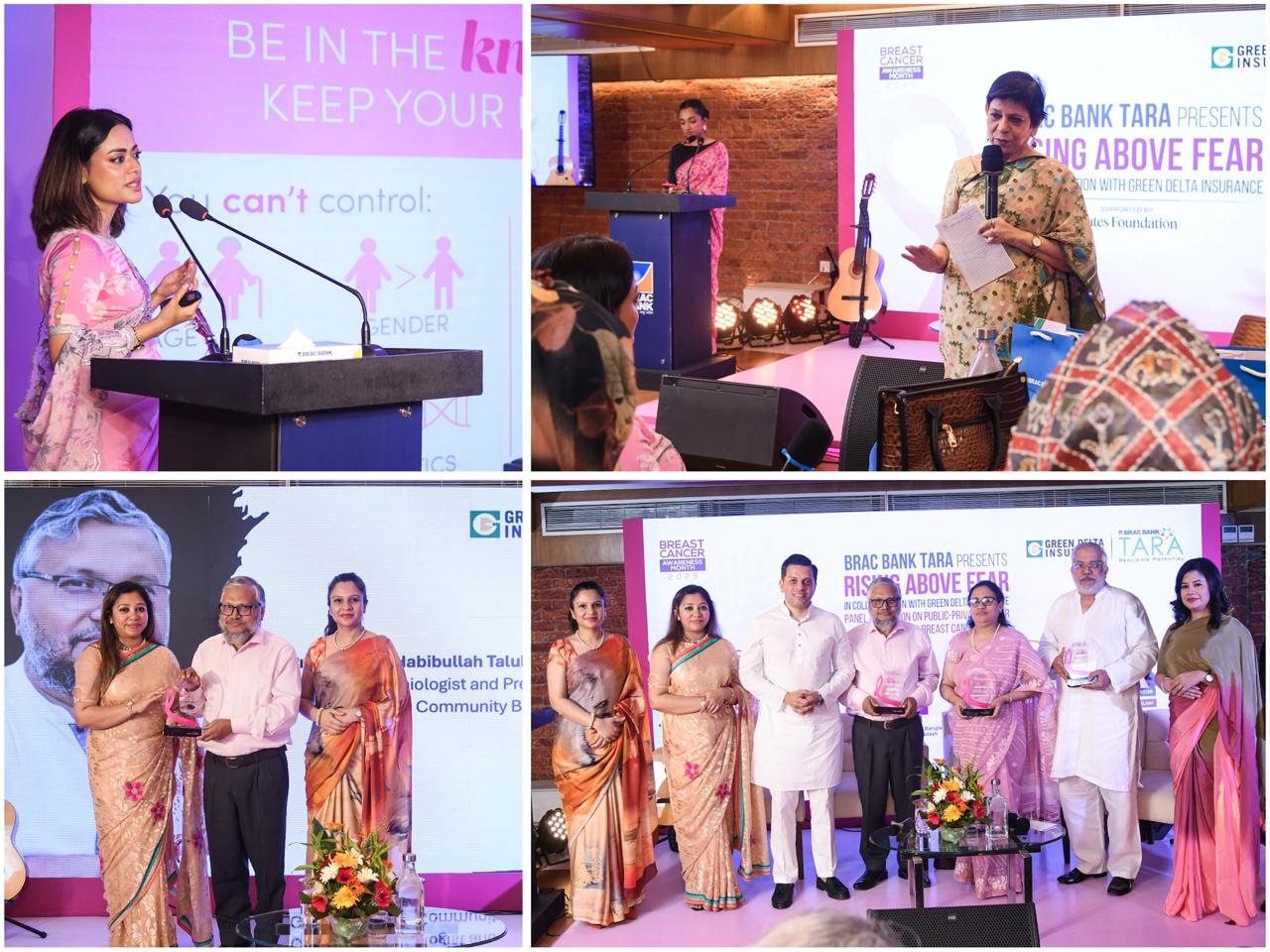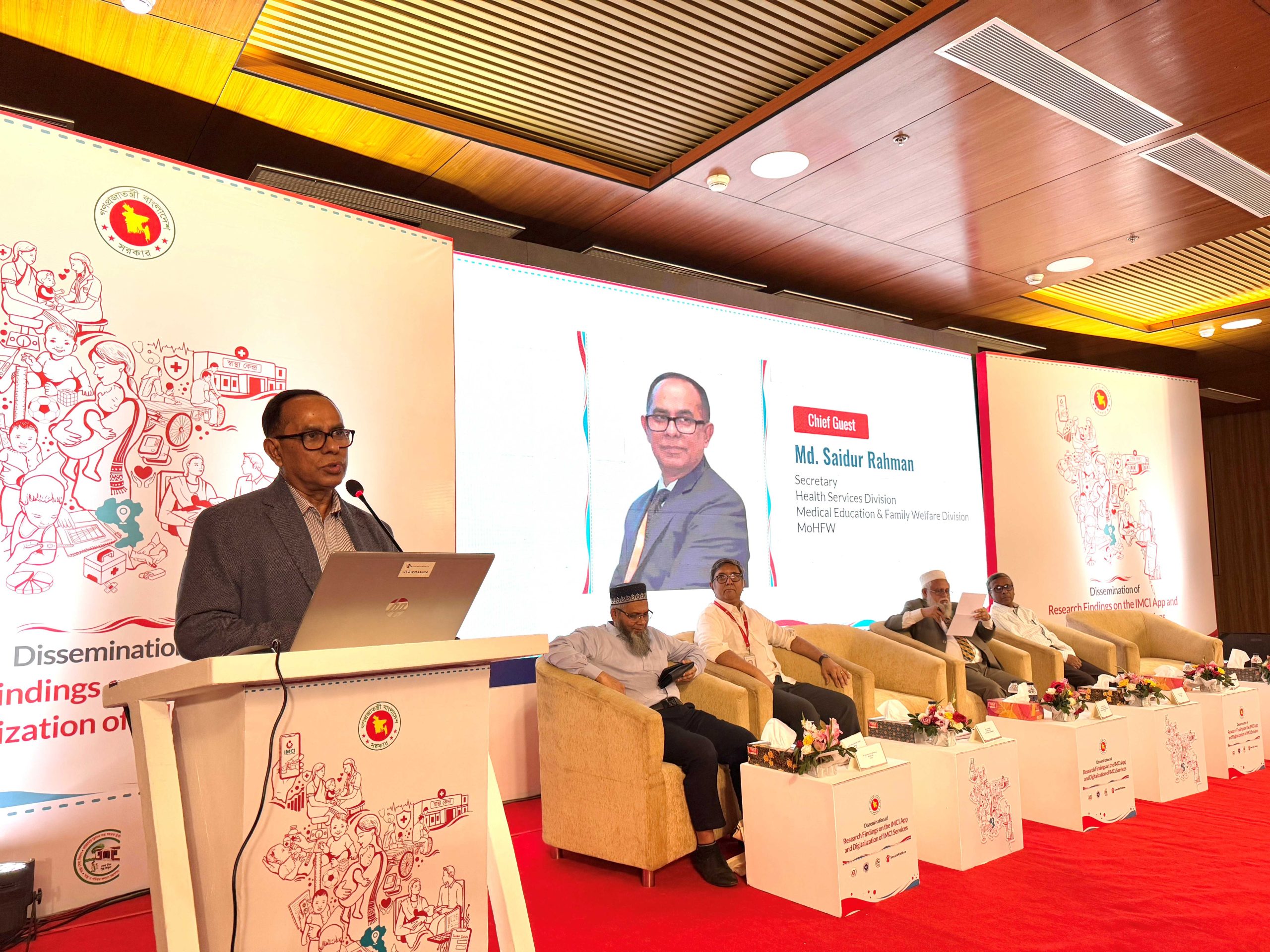THE AUDACITY OF EXCELLENCE
Audi has launched only a year ago in 2017, yet it has quickly established itself as a coveted automobile brand in Bangladesh. What do you attribute your popularity to in Bangladesh?
I would attribute Audi’s popularity to the brand itself. The presence has always been there globally. I mean, if you look at the numbers, all luxury car brands; Audi, BMW, and Mercedes Benz sell about two-million cars a year. They are all neck and neck with a difference of a few thousand cars. These cars are seen everywhere, starting from being featured in movies to sponsoring major events. Similarly, many of us rent these cars when we are traveling abroad, to get a taste of the luxury and performance they brands promise. Bangladeshis are also traveling more to foreign destinations nowadays which has increased their exposure to brands such as Audi among other luxury brands.
However, what helped really seal the deal with our customers is that they had the assurance that they were going to get factory support for the vehicles. This has really encouraged people to purchase an Audi.
Dhaka has a niche group of up-and-coming of individuals who have a taste for luxury products. What’s your take on the market size for luxury brands in Bangladesh?
In my opinion, there are two sides to this story – a theoretical side and a practical side. Theoretically by numbers, we should be selling a lot more cars than we do at present. On average, three of the German luxury brands, BMW, Mercedes, and Audi are selling about 100 cars a year each. Take Sri Lanka for example. The country has a lower Gross Domestic Product (GDP) rate than Bangladesh. However, they are still selling about 2,000 cars between these 3 brands. I believe this can be attributed to Sri Lanka’s better financial lending facility and infrastructure.
There are a few more reasons why the sale numbers of a new luxury vehicle are low in Bangladesh. One is the social need; having an expensive car still isn’t a social need in our society. While I feel this trend is steadily changing, currently people are happy with their regular cars. The other aspect is the poor road conditions caused by inadequate infrastructure. This hinders buyers from experiencing the luxury car to their fullest extent. And lastly, the import duty is very high. This jacks up the car prices and might act as a deterrent to purchasing luxury automobiles.
What has been the most demanding aspect of establishing Audi in Bangladesh? What is the challenge in marketing a luxury experience in Bangladesh? What other challenges do you foresee in the future?
I think there’s a clear gap in knowledge about cars in the Bangladeshi market. Most customers do not know that Audi cars have been manufactured keeping Bangladesh in mind. Previously, all Audi cars used to come here from different markets, so they had different fuel settings for different markets, A/C compressors for another market and so on. Hence it was not surprising that they wouldn’t run very well. However, things have changed for the better now. Audi cars are now country-setting Bangladesh and manufactured with Bangladesh roads and infrastructure in mind and not just a random vehicle from a different market. This guarantees that our cars will perform excellently, they will last longer and owners will have better long-term ownership experience.
Are you providing after-sales services?
Yes. We made the service center two years before we launched. For two years, we trained our service advisors, our technicians, and our sales staff. The service center is located in Tejgaon and spans across 60,000 sq. ft. It’s a full-service center with a body shop, car wash, all in the same unit. All the service parts are kept in stock. And we have technicians who are trained from Singapore and Germany and on the job training.
What intrigued you to bring Audi here?
I was in the car trade before launching Audi. I used to be an independent importer and would bring in a lot of cars from Europe, Japan, and other countries. In every country, there is always a need for one of those niche markets for people who want expensive cars like the Fisker Karma or the Chevrolet Camaro, and it wouldn’t make business sense to have a dealership in Bangladesh.
I recognized that I could satisfy the need for these ultra-luxury cars and I started to pursue that from 2004 to 2015. Since 2008, I started trying for the Audi route. One of the main reasons was that Audi was the next big brand to compete within the local market. Secondly, I have been a Volkswagen group fan for a long time. When I was in university, I had a Volkswagen golf, then an Audi A4, then Audi A6 – I have loved Audi ever since. For me, Audi feels like home. I feel very closely connected with the brand, I know what the brand stands for, how it should be represented, and what trajectory it should take to stay in the market in the long run.
As you have mentioned, in the luxury car segment duty is very high. Another problem is the lack of proper infrastructure. Trade barrier wise is there any particular area we should work on?
The answer isn’t a simple one here. There are certain trade barriers in place but then these barriers are a necessity for business. Take the example of reconditioned vehicles. Sale of new vehicles can never perform well in the presence of reconditioned vehicles in the market – that’s 80% of the market. Additionally, we do not have the infrastructure to support these new cars. Then there’s the problem of affordability. A middle-class individual, with a family to support has to make sensible choices such as Toyota Probox. For these customers, a reconditioned car provides them with the facilities they need: a safe and affordable form of transport. If we encourage the end of reconditioned cars then brand new cars will flood in, but in the short term, there will be a huge group of people who will be left out. One more factor is that these reconditioned trades are also connected to people’s livelihoods. People rely on this industry for their source of income. Thus the barriers, while a huge burden, also nourishes others’ lives in our society.
We see very little branding of Audi in Dhaka. Is it intentional? And how is it benefitting the brand?
Here at Audi, our perspective is that branding is done in order to increase the number of units. That is the first perspective of marketing, and fortunately, our numbers are very good. The current situation is such that, we are selling equal to or more than the other two competitors If we spend more on branding, maybe the number will increase but we believe the new sale numbers won’t justify the marketing cost. We are very new thus we believe that all marketing activity should be closely monitored after the initial three years. As of right now, we are taking advantage of the excitement of the market, and our own personal network and the fantastic products we have right now, which does not require a lot of marketing at this point.
You’ve also been a senior advisor for Fast Lane Magazine BD and CEO of Big Phat Cars. Did this love for cars begin in your childhood? What was the first car you were really fascinated by?
As far as I can remember, I have loved food and cars. I can’t remember a time when I didn’t love cars. My father’s Datsun 160b, and Land Cruiser BJ and FJ series along with several others. Then there were the rally vehicles by Audi, It was my first experience with Audi. I bought a poster from Elephant Road, it was a classic shot of the Audi Quatro jumping off a cliff. During the same time, a cricketer scored 6 sixes in a cricket match and won the Audi 100. It was the first time the sub-continent saw an Audi. So it’s safe to say that my fascination with Audi began much earlier. I am also truly fascinated by the Lamborghini Countach, Ferrari 250 GT.
The car market is seeing visionary things like electric cars and driverless cars. What are your thoughts on this? Does Audi plan to introduce electric vehicles in the Bangladeshi market? Any expansion plans in Bangladesh?
These new cars are heavily dependent on advanced infrastructure systems of a country. In the next 5 years worldwide, the car industry will change more than it has in the last 100 years. For Bangladesh, we have just started to be interested in hybrids and electric cars. But Audi is bringing in electric cars next year. So a complete shift to electric and driverless cars would at least require another 15-20 years. In the case of cellphones, Bangladesh was quick to adapt; we went from land phones to smartphones. Yet, for an electric and driverless car. I am of the opinion that for Bangladesh, it’ll be a little slower. However, things are already changing just beyond our borders. For Instance, Audi has about 16 cars coming in the next 24 months, and they are all electric and their range is from 300 miles.
The first electric car from Audi is called the e-tron quattro. In the next two years, Audi will have a service center in Chittagong. This year alone we have 3 cars coming in. In about 2-3 weeks, we’ll launch the new Q2 SUV and the new Q5 SUV, and early next year, we’ll launch the Audi A8. Those are next 3 cars coming in and we are really excited, especially the A8 because it is our flagship vehicle. Its standard will trickle down to later models down the years.
Do you think driverless cars are a good idea? Tell us more about the electric car being launched in 2019.
Driverless cars are no longer just an idea but a reality. it’s something the first world has to rely on because labor is becoming expensive, and traffic is becoming a big problem. Any car made after 2015, regardless of manufacturer, have the capability of upgrading themselves. Let’s imagine a scenario where an Audi car is coming from an intersection and a BMW is coming from the opposite end. Both will signal each other if there is a chance of a collision. For autonomous driving, Audi is level 3, which is the most advanced level. However, it is not applicable worldwide because there are many laws and regulations attached to it. Furthermore, even though the technology exists, if it isn’t implemented correctly there are some issues about a fatality. An Uber car which was autonomously driven resulted in two reported accidents. Since it is new technology, they have to be cautious. Countries like Norway, Finland, Austria, which have a relatively low population, will adopt it sooner because it’s easier to implement it due to less congestion. Whereas in cities like London, Istanbul, Singapore, and Bangkok the technology adoption rate will be much slower.
What’s your take on the traffic situation in Dhaka? How can we make it better?
To be very honest we have enough roads, but drivers have complete disregard for the system. In a two-lane road, commuters are forced to use a single lane, as cars are parked on the side of the road, companies are washing their cars, repairing steel bumpers and so on. Bigger the road, bigger the nuisance. Second, there’s a disregard for driving etiquette and drivers are seen driving in the middle lane. The safe road movement in August was nothing short of a revolution and it was fantastic and an eye-opener.
What’s your take on the current business scenario of Bangladesh? Some good foreign direct investments are coming into Bangladesh. What’s your take on it?
In terms of numbers (GDP) and economic growth rate suggest we are doing really well. There are some issues in regards to financial tooling with banks. However many advancements were made in the last five years and if these are backed up with additional support with infrastructure and electricity then we will have a winning combination in our hands. Thus I think it should be a good future for us in the next 25 years at least.















